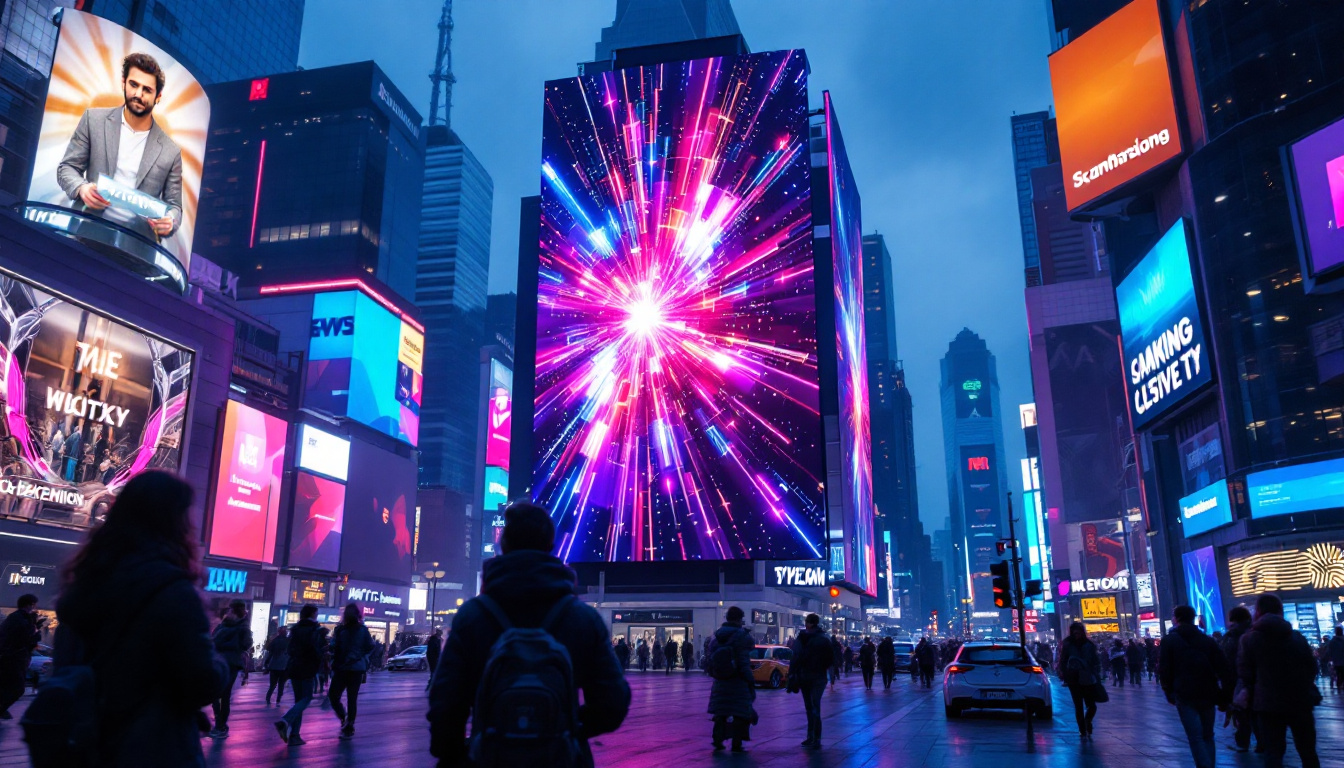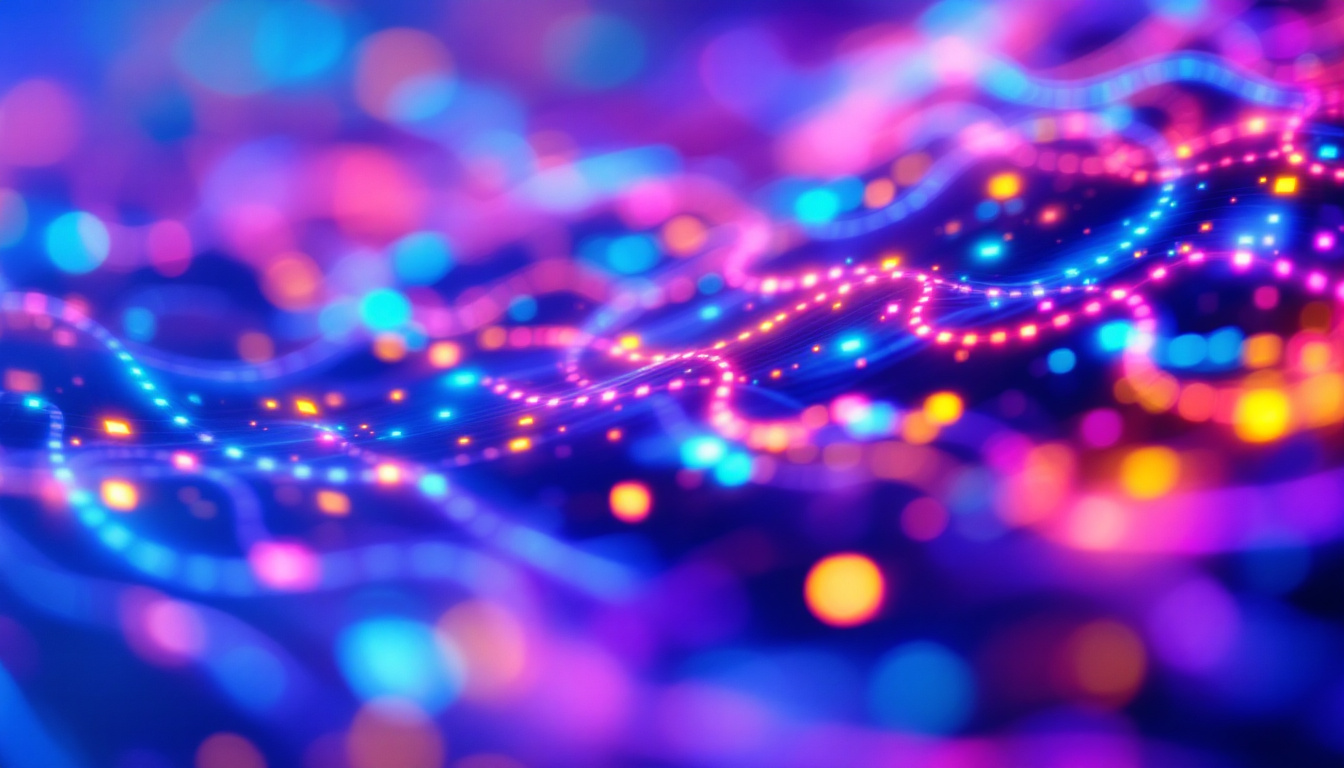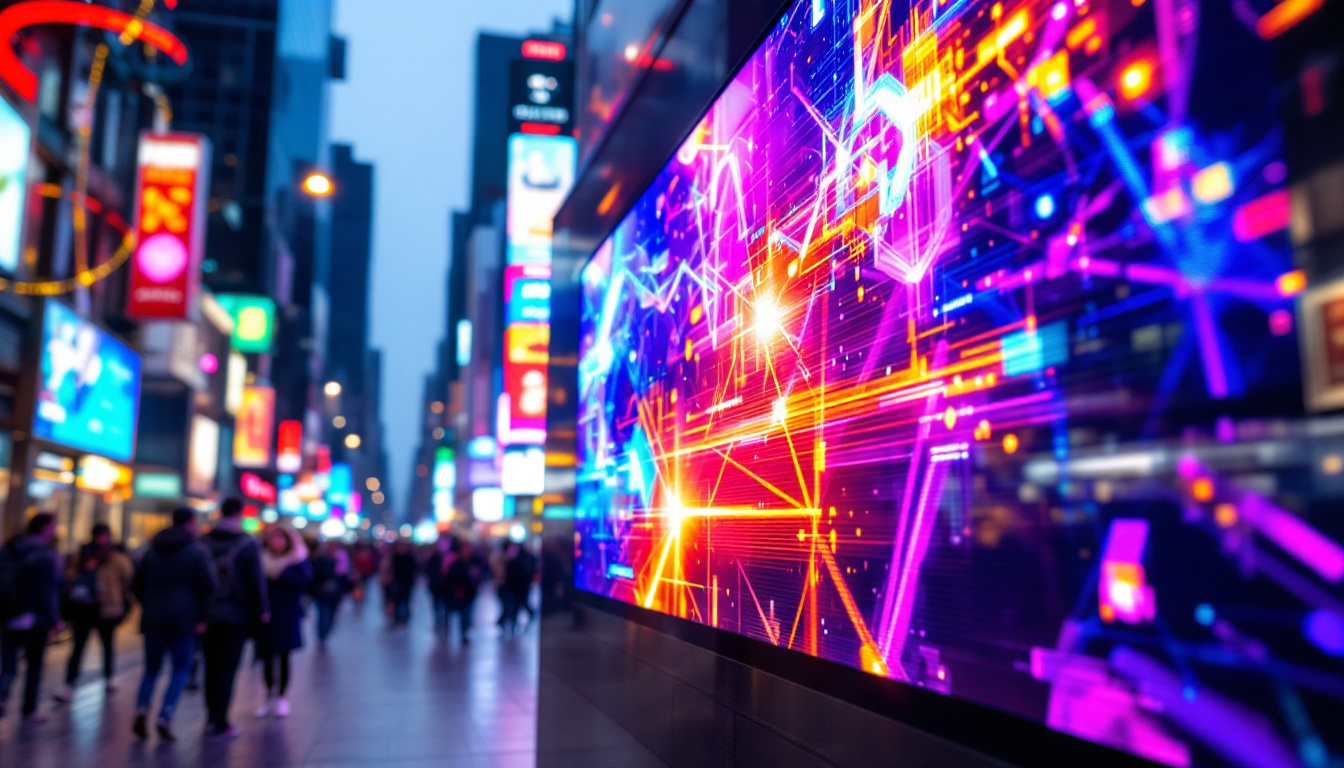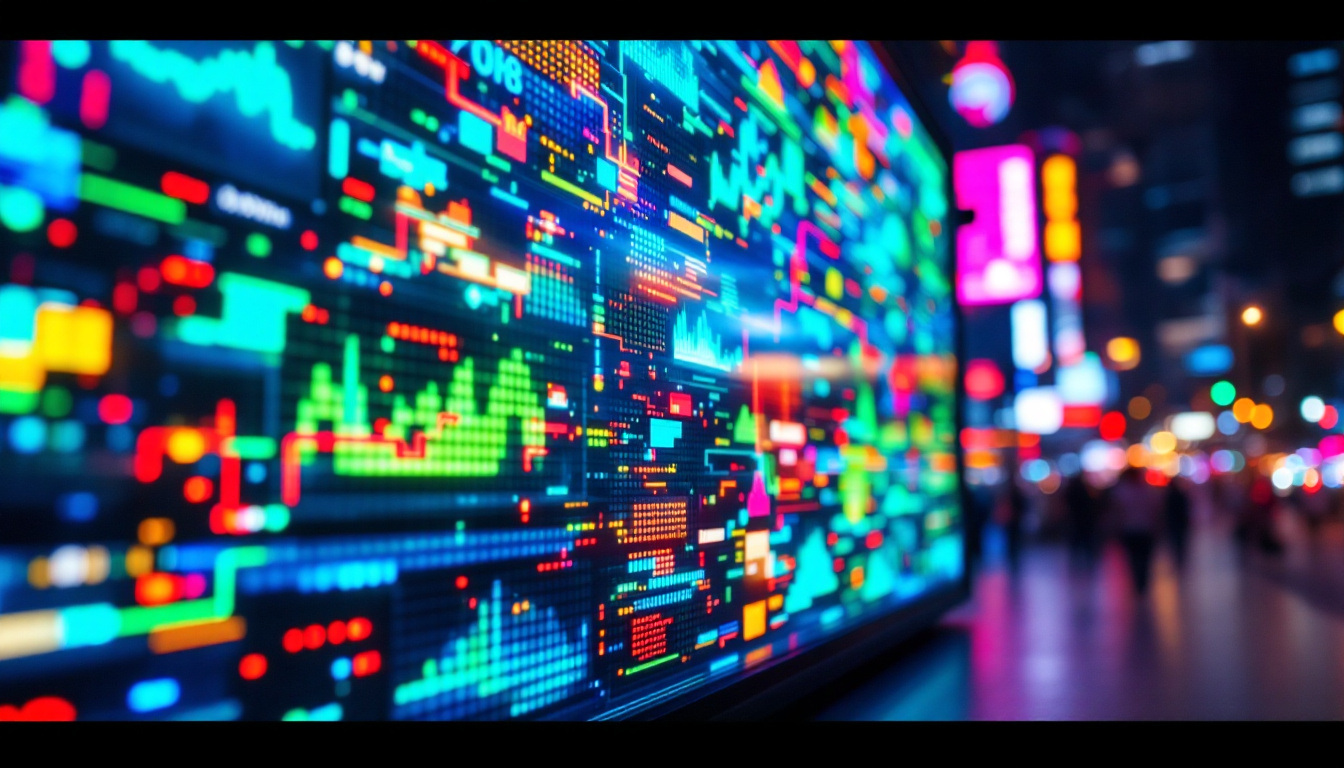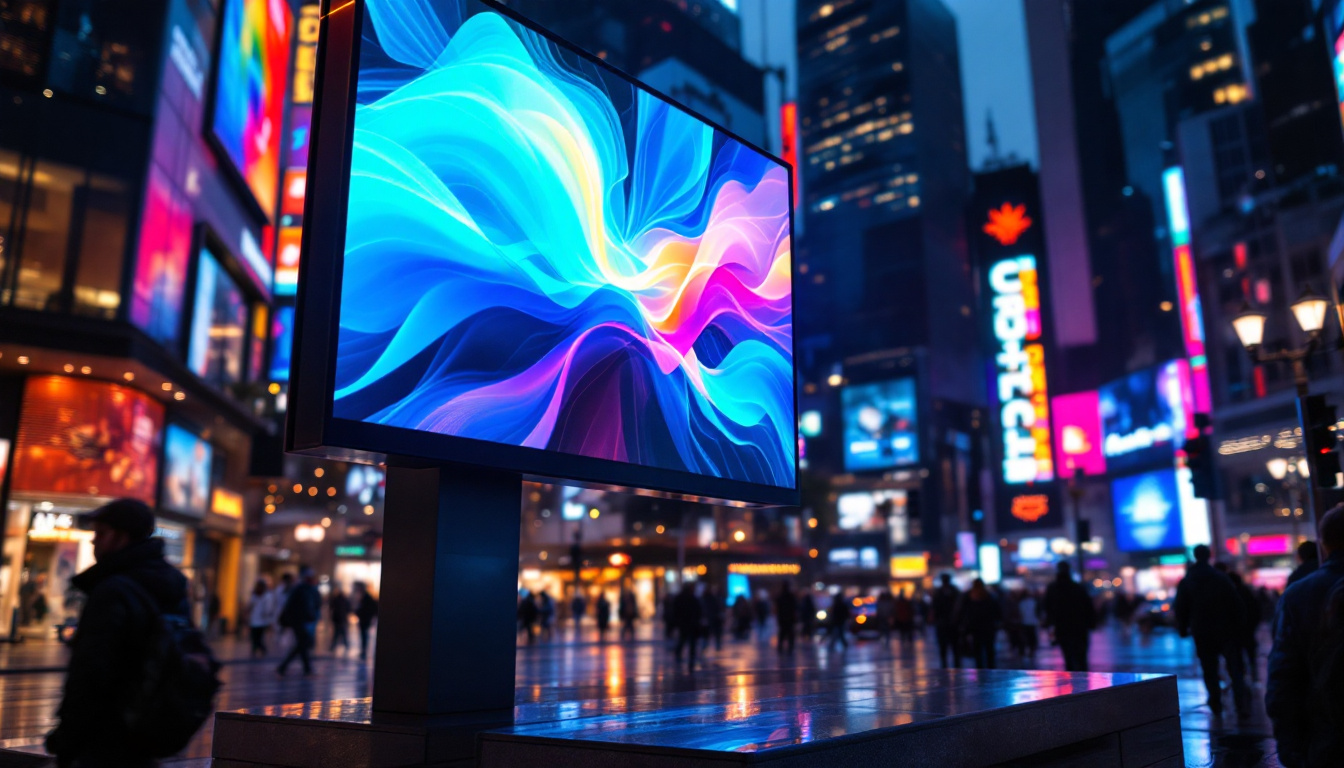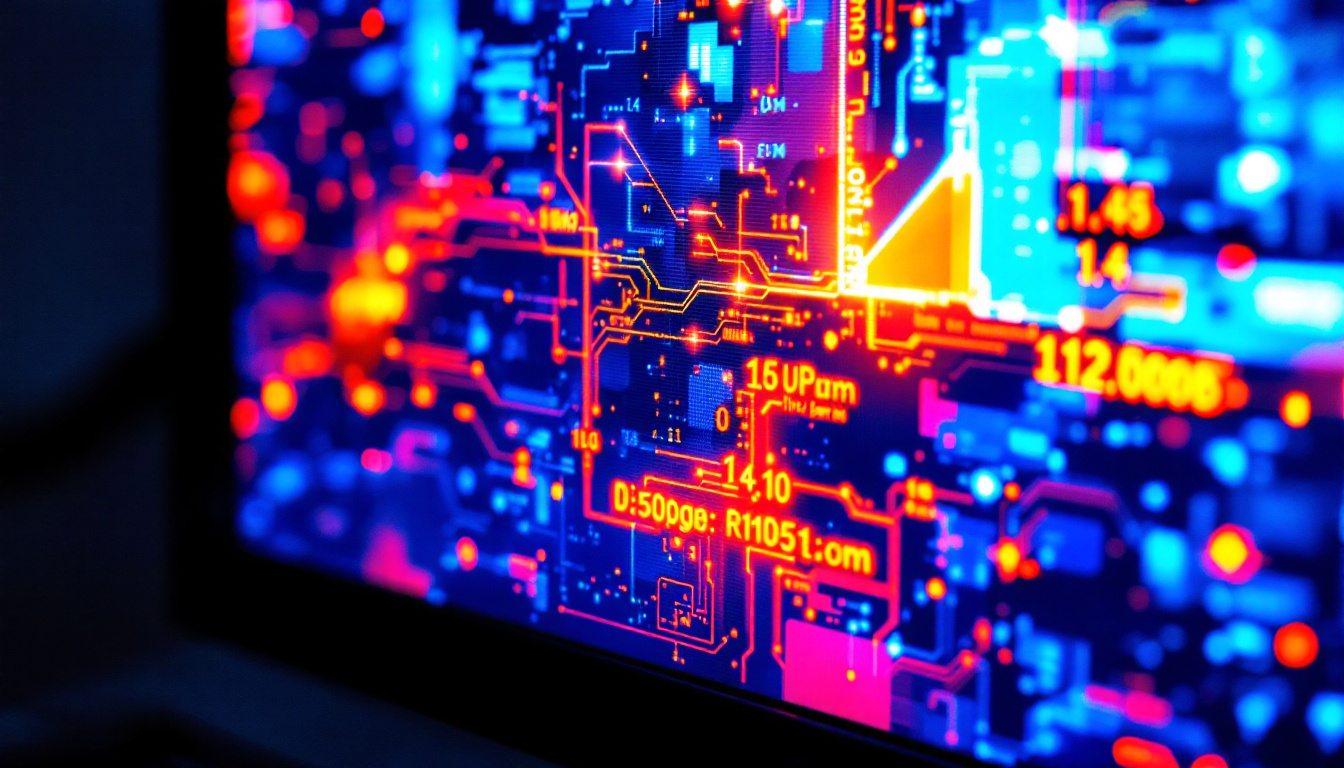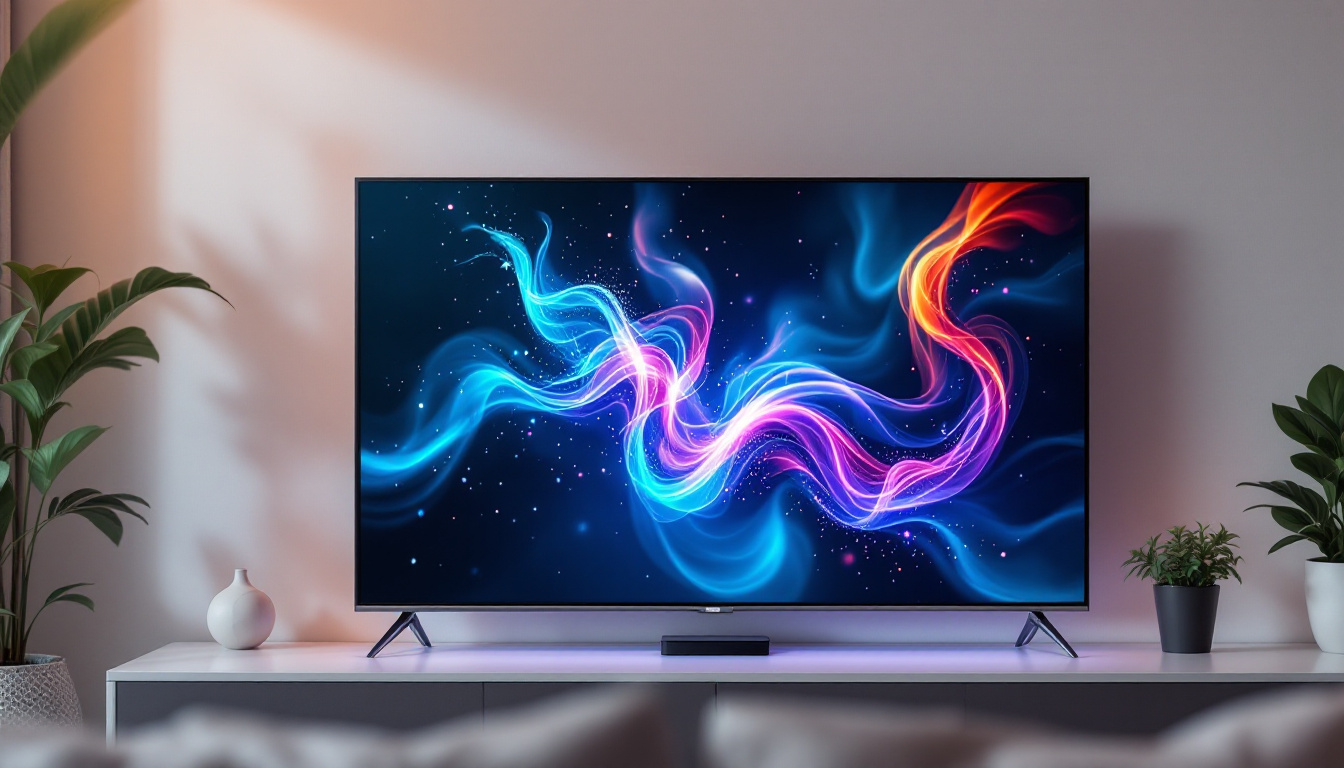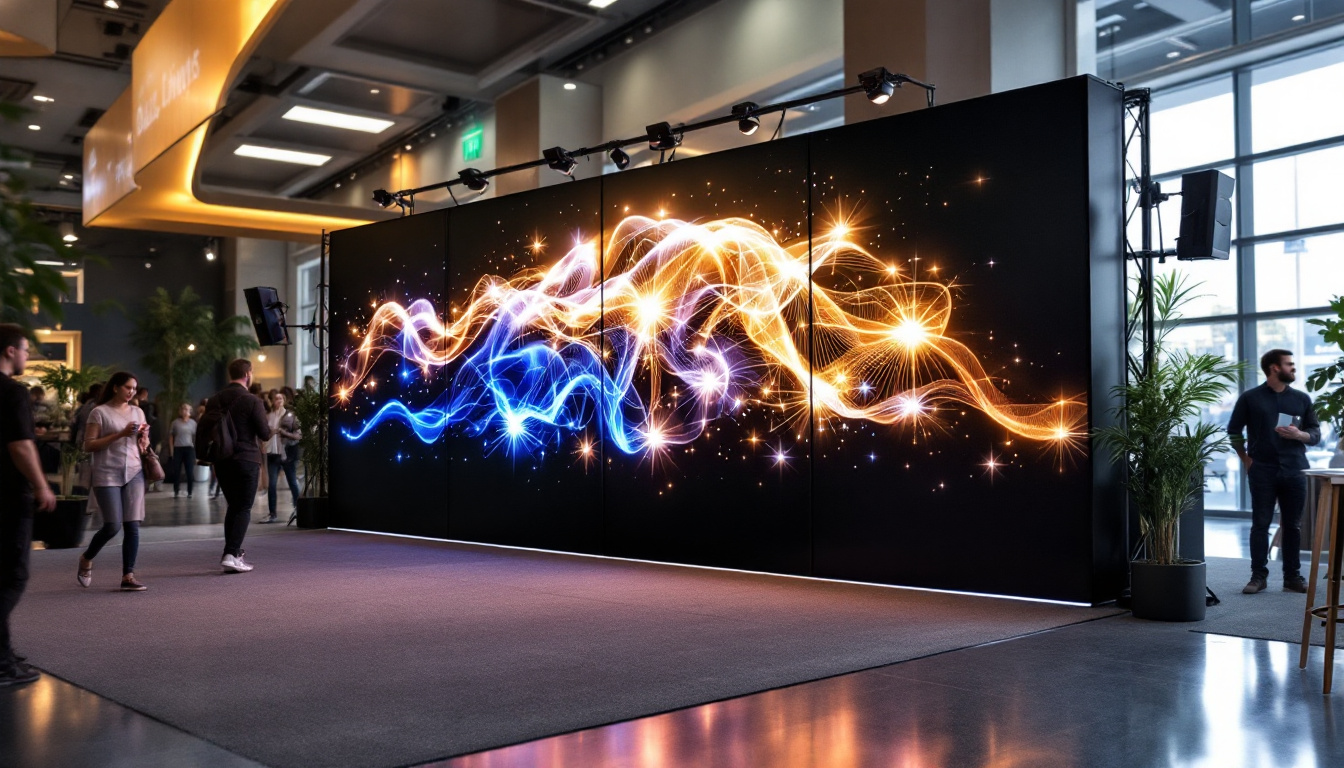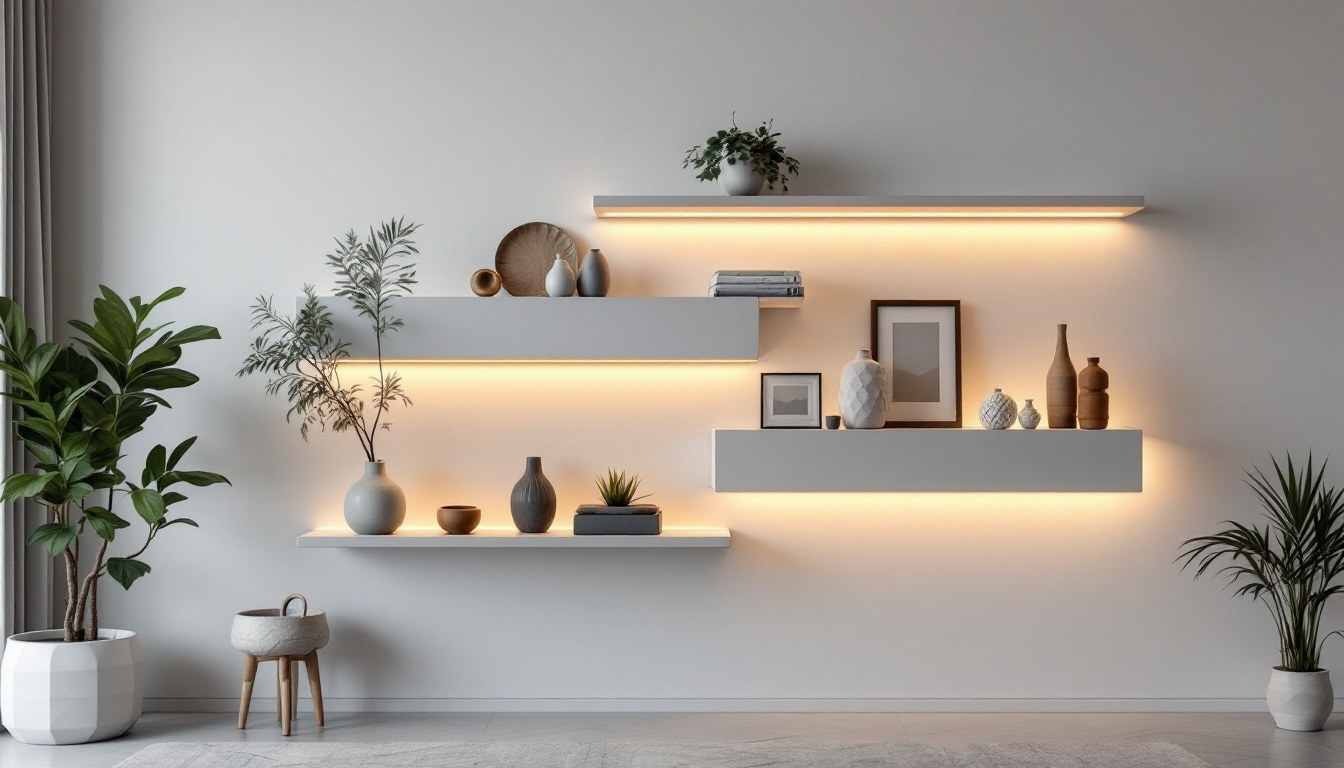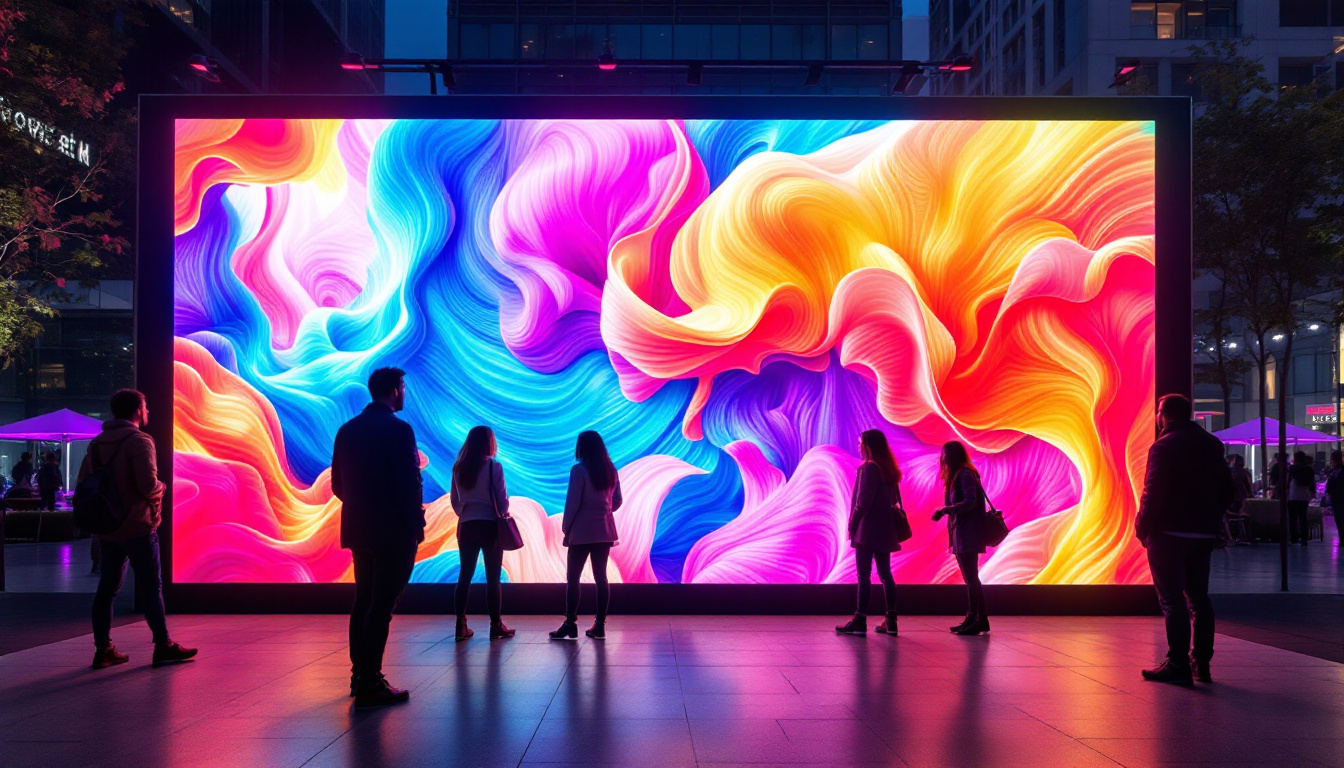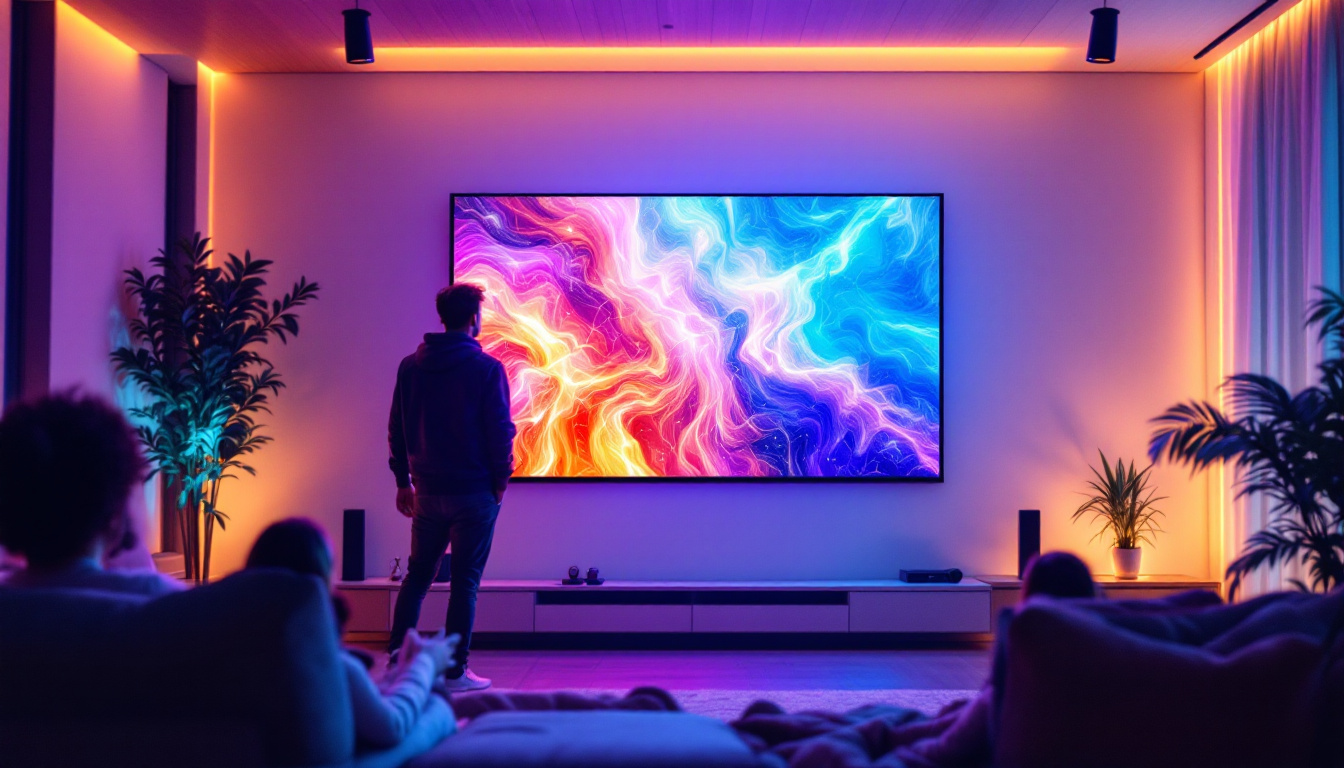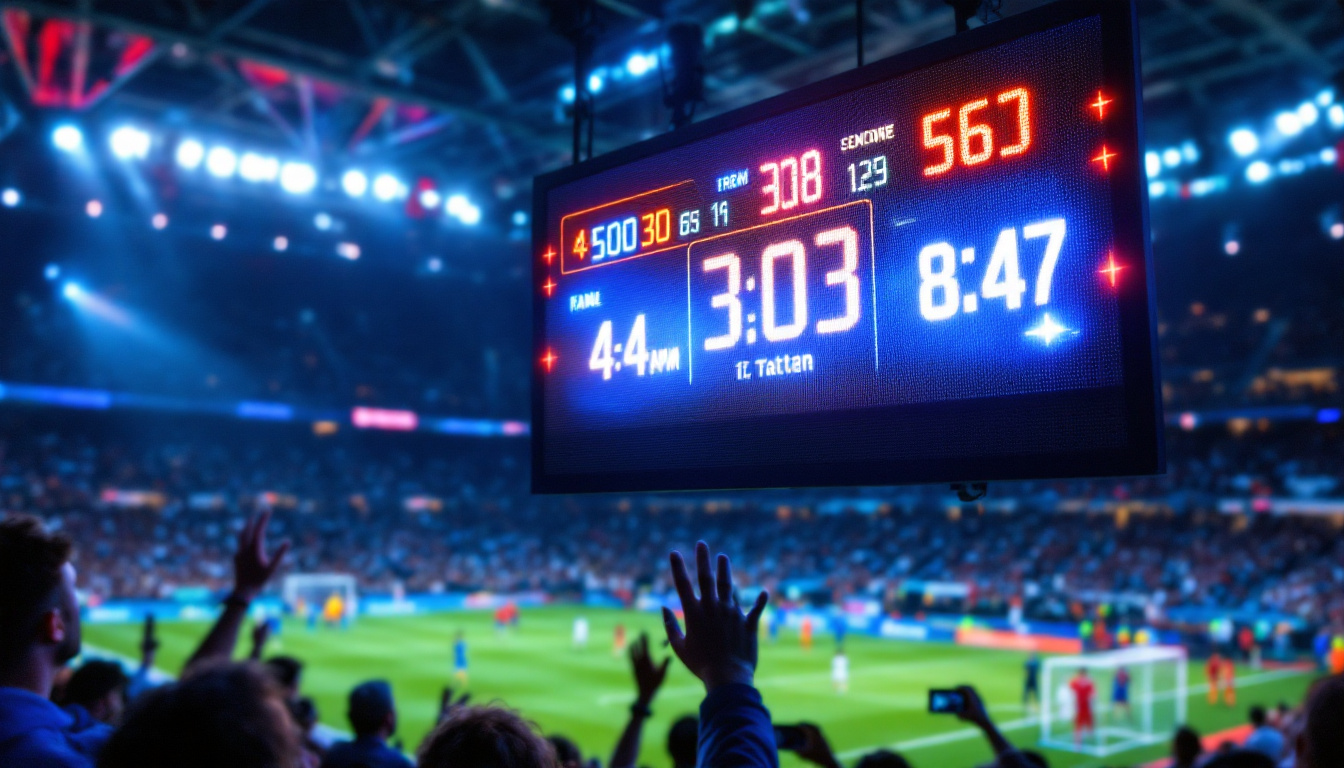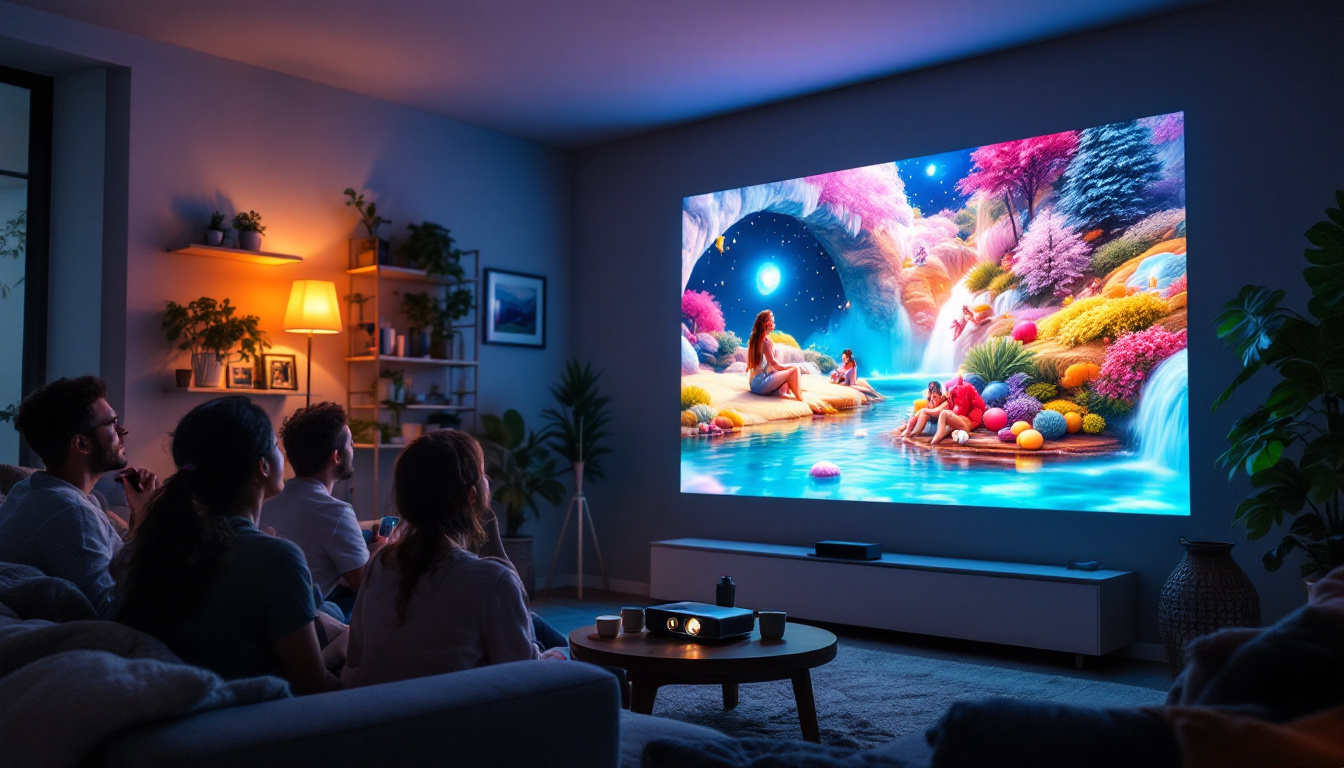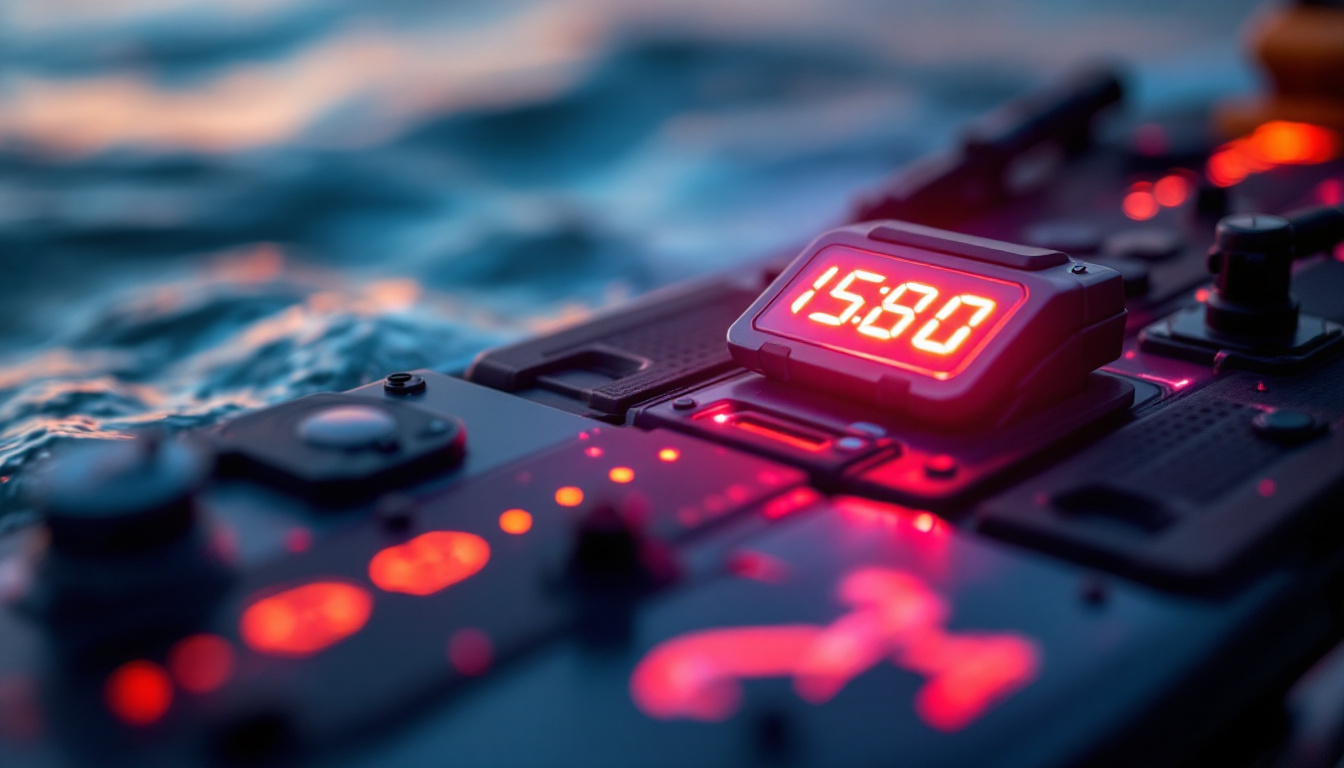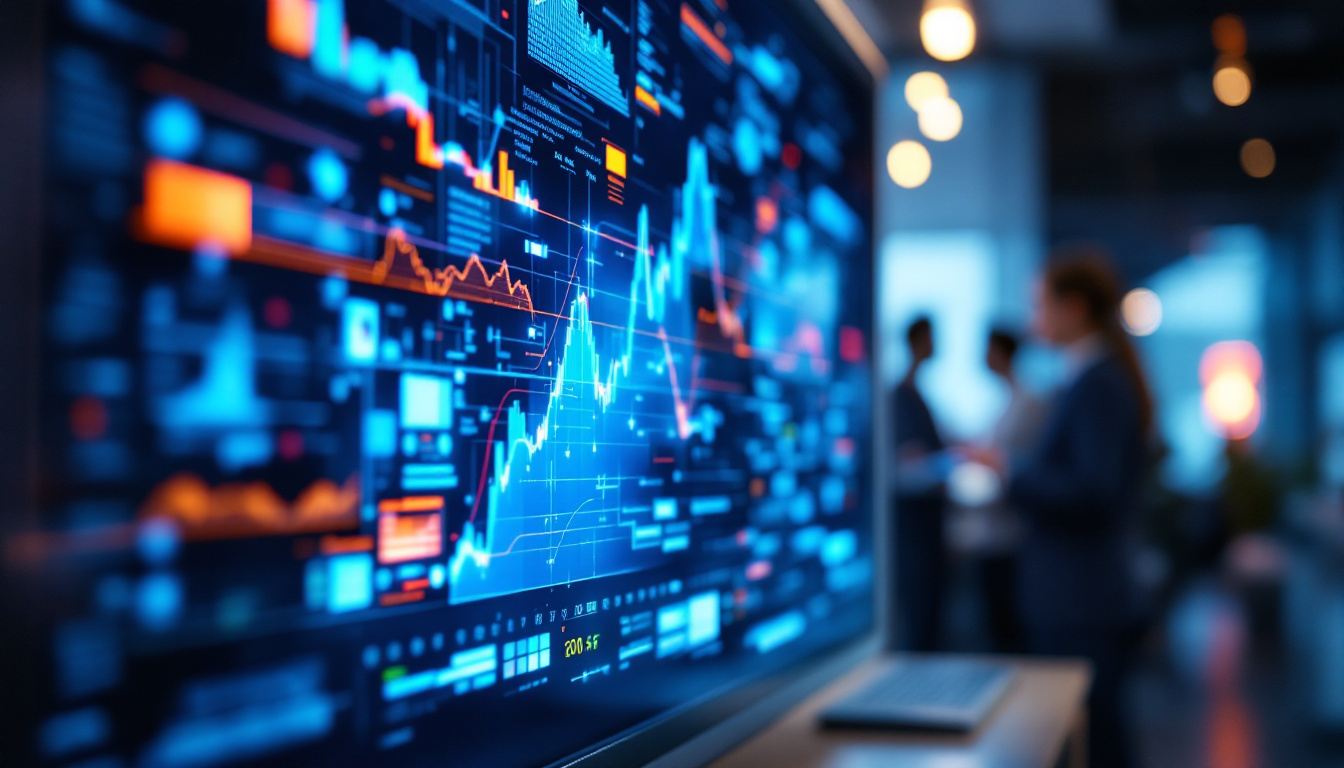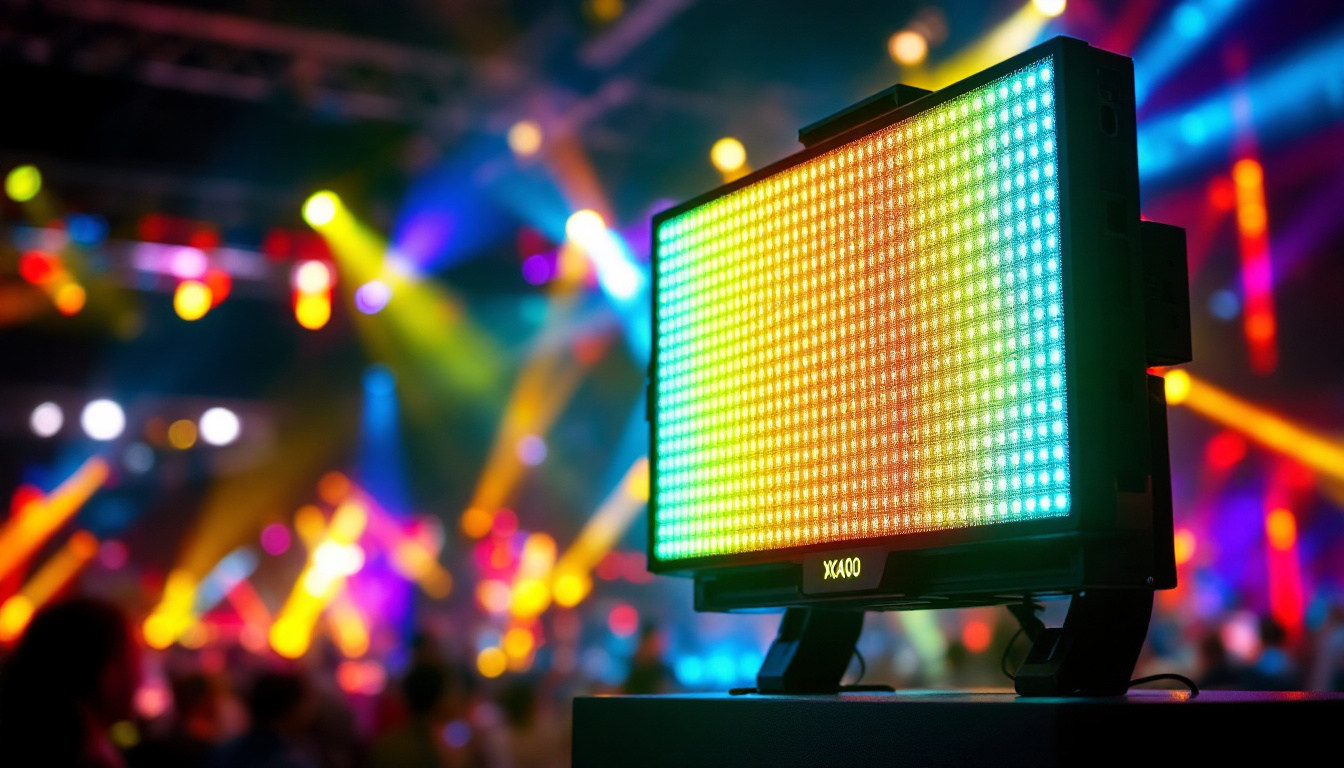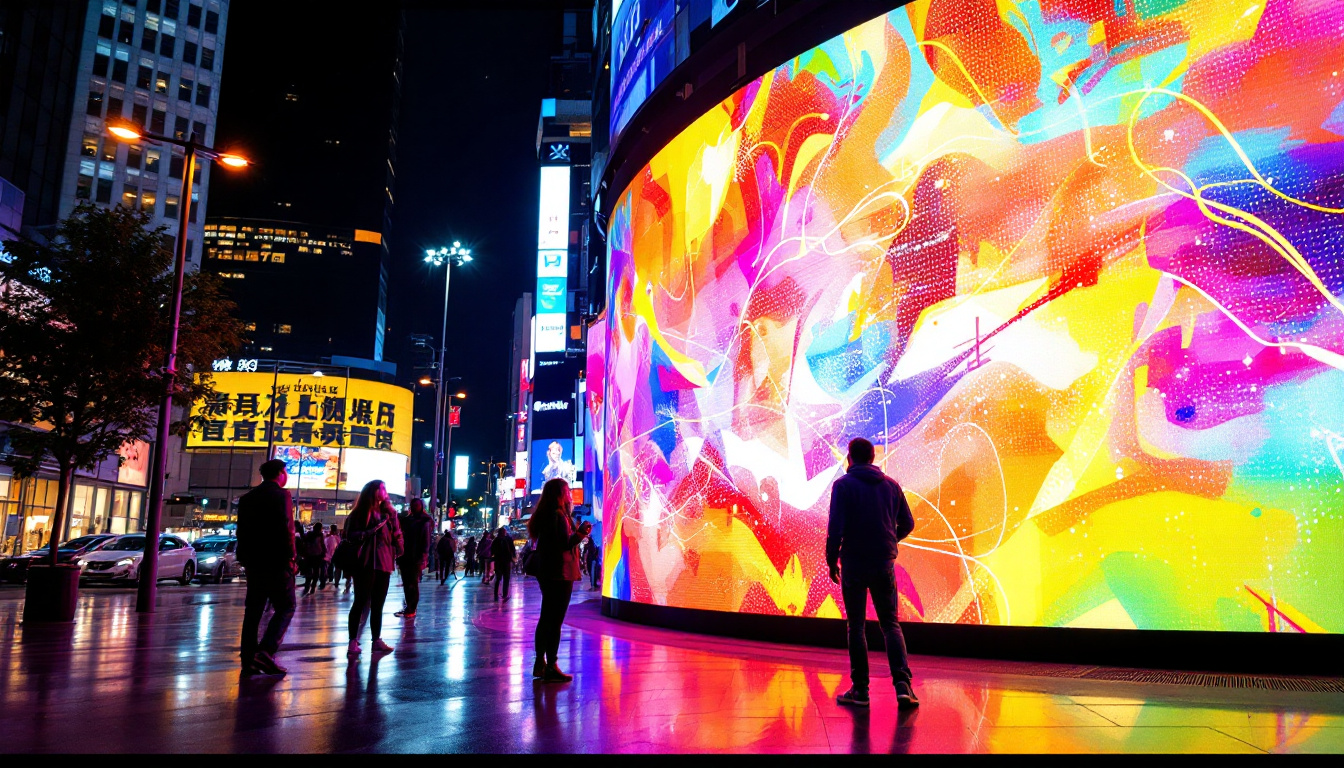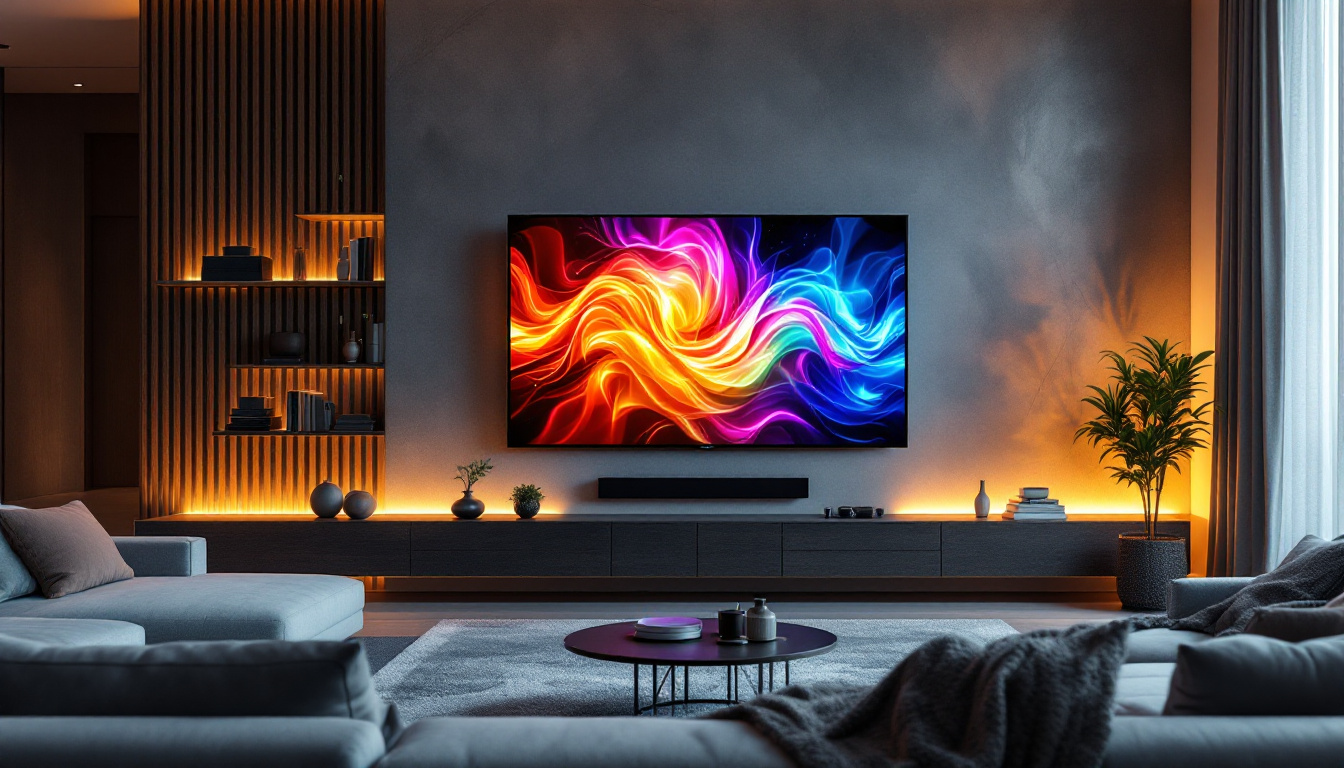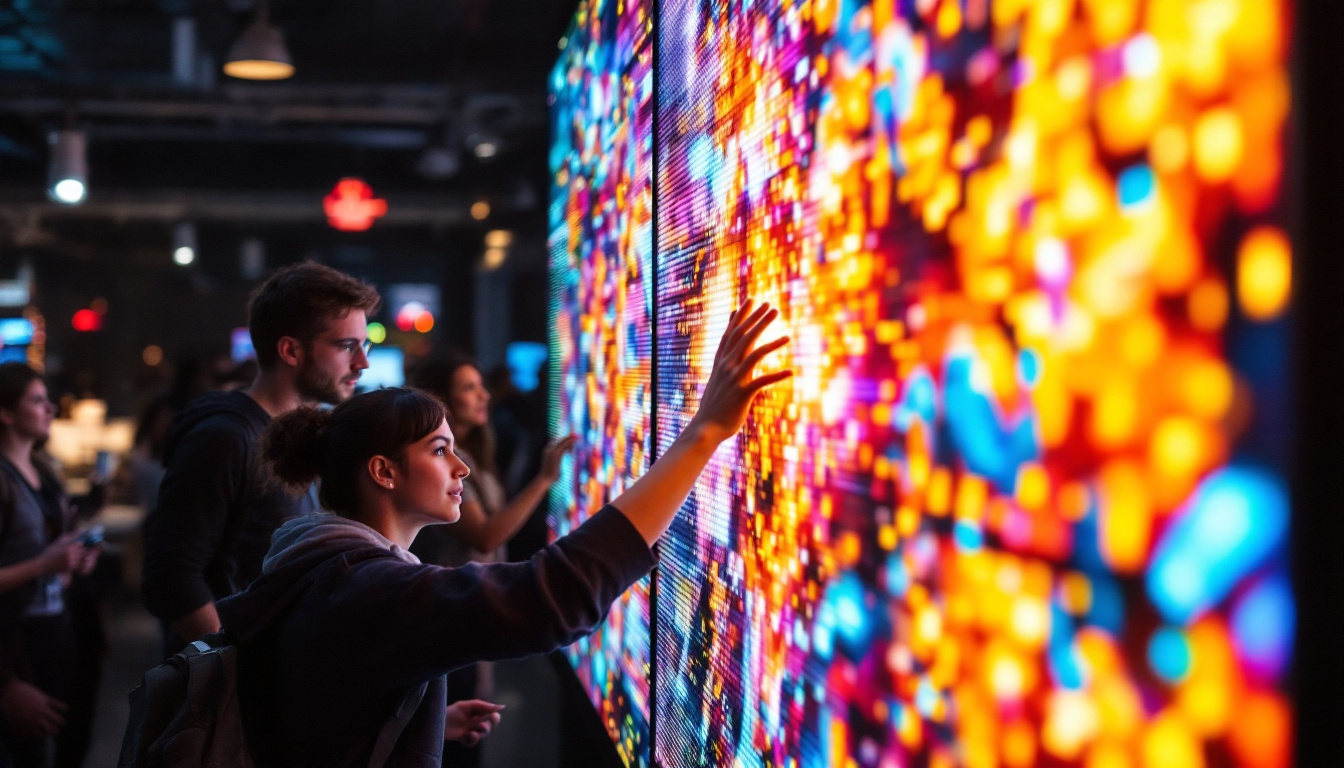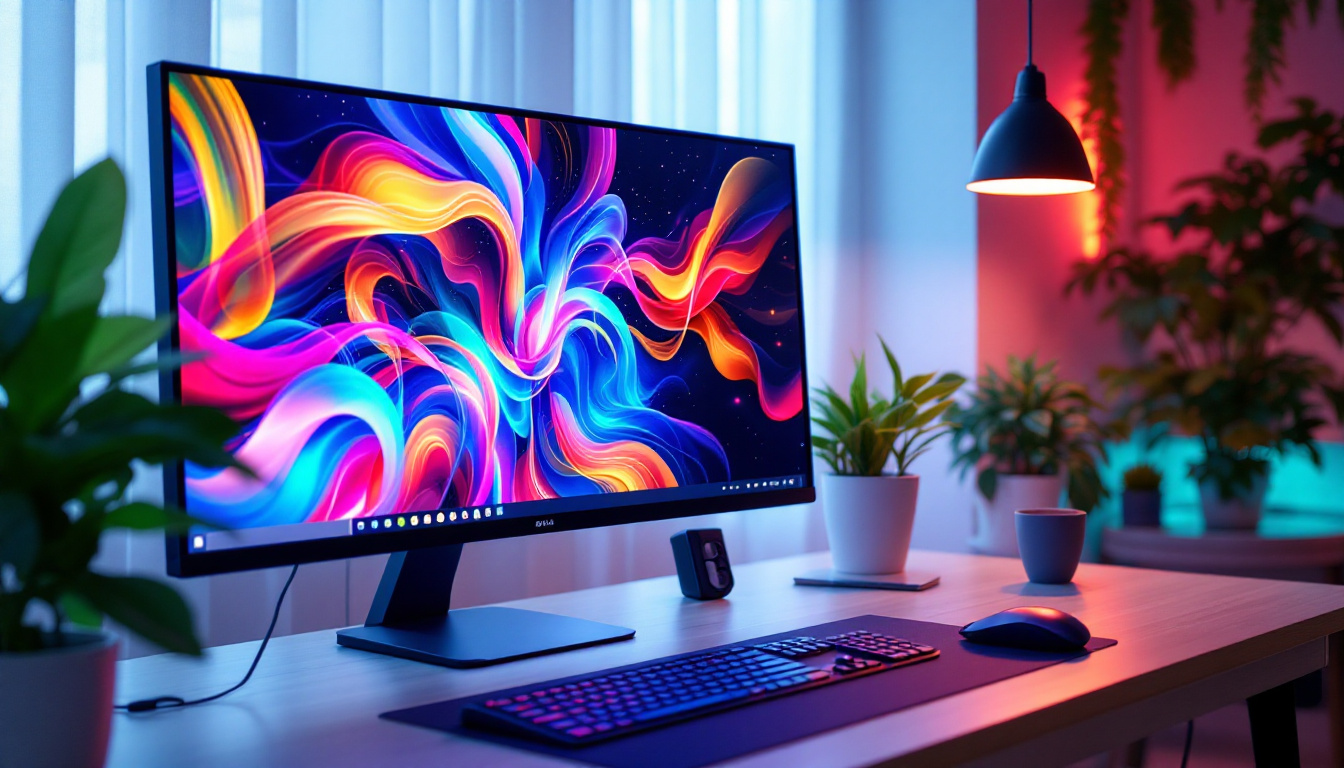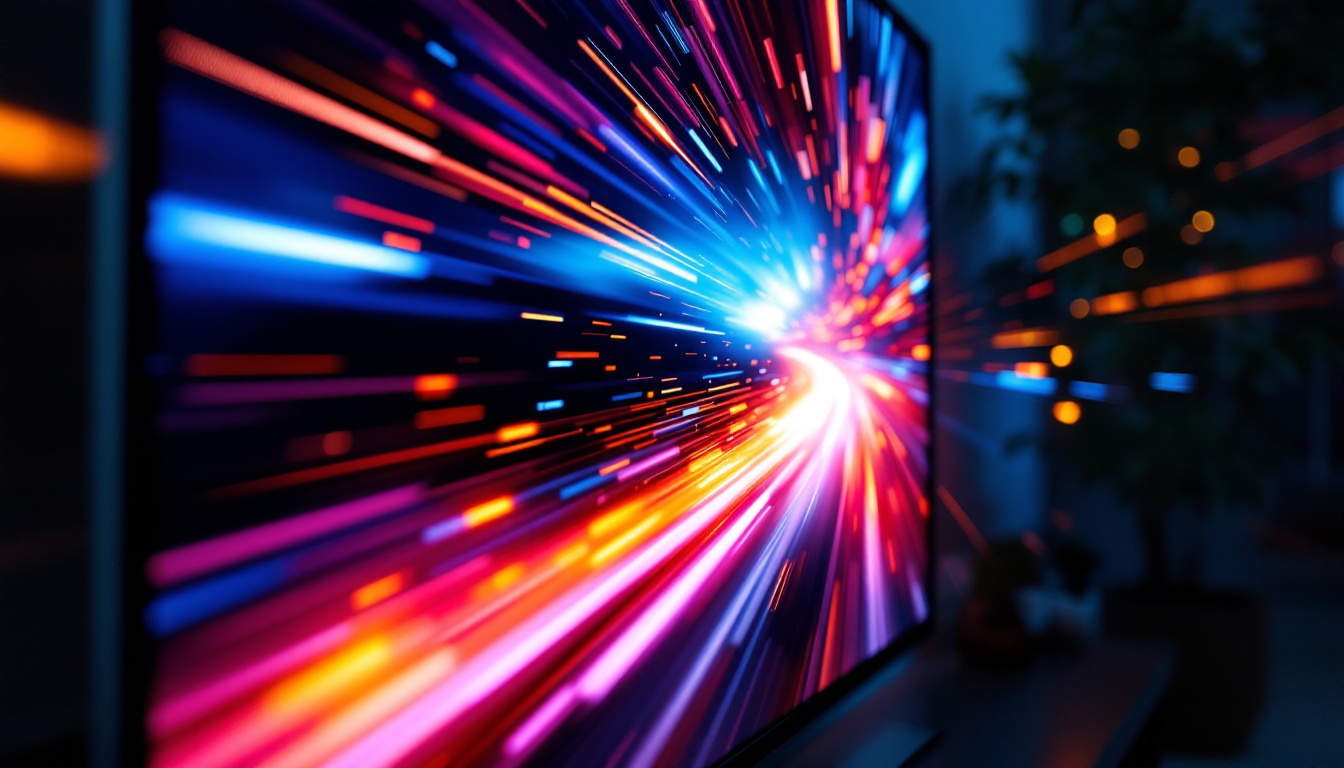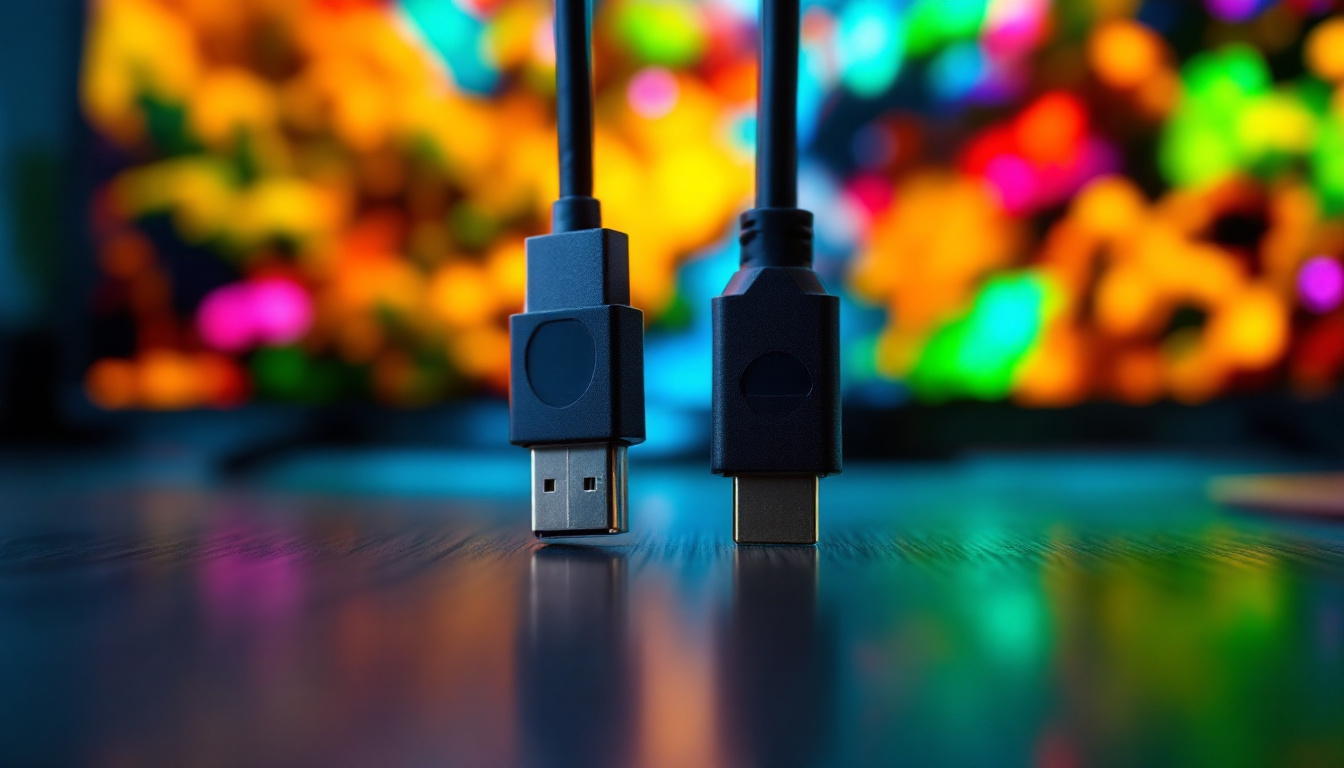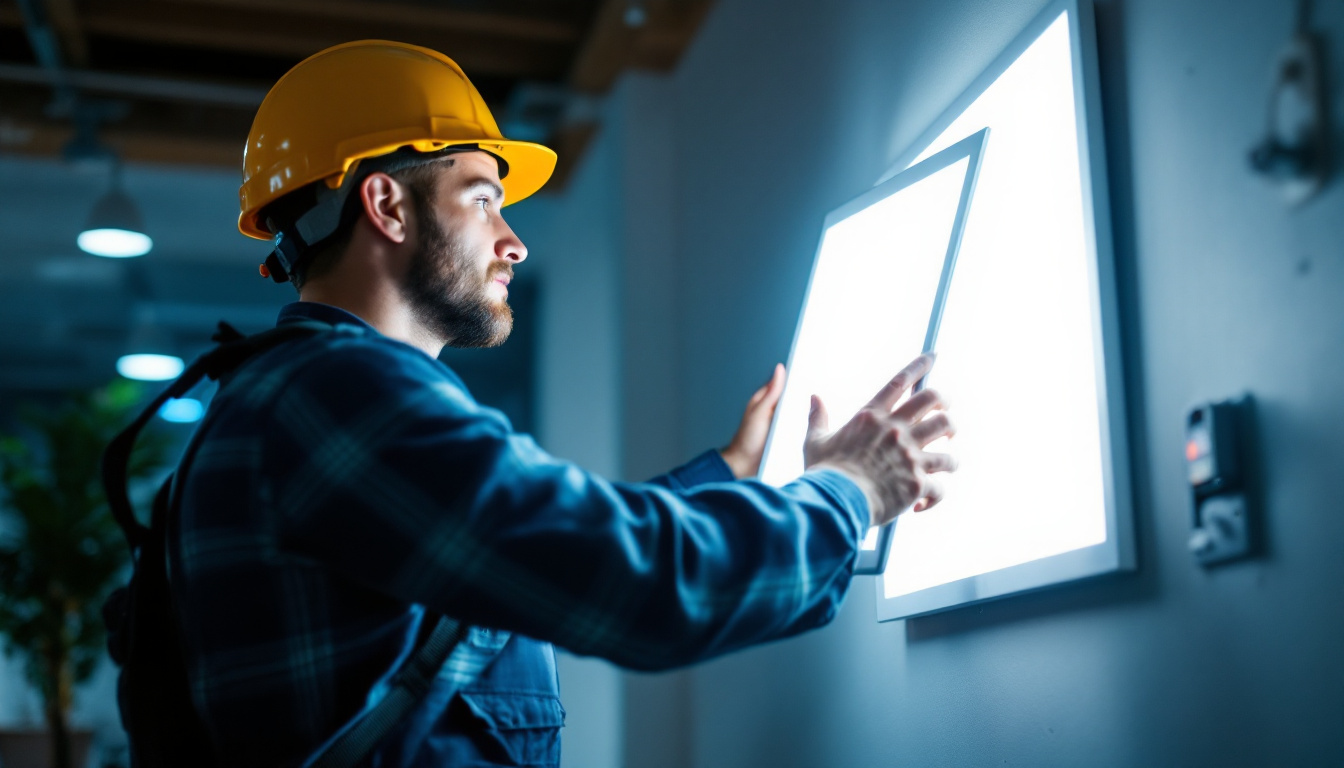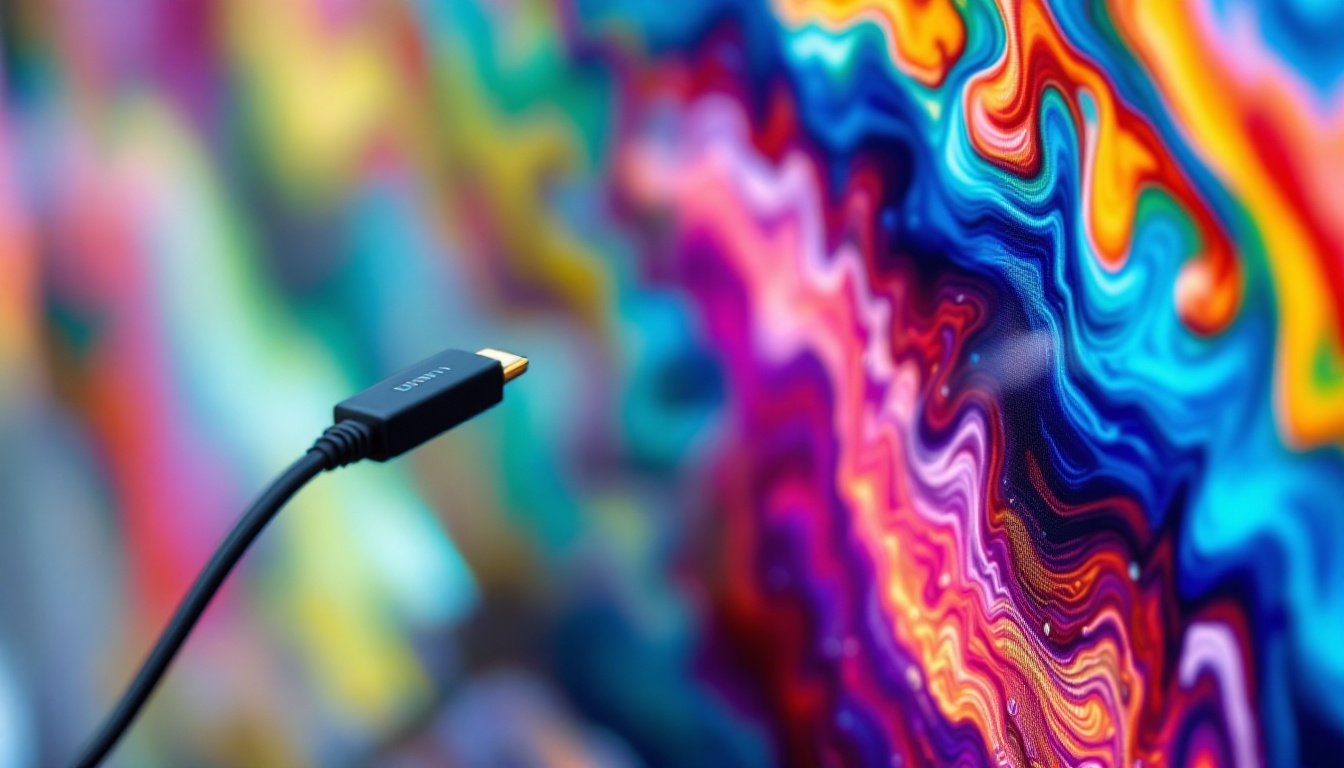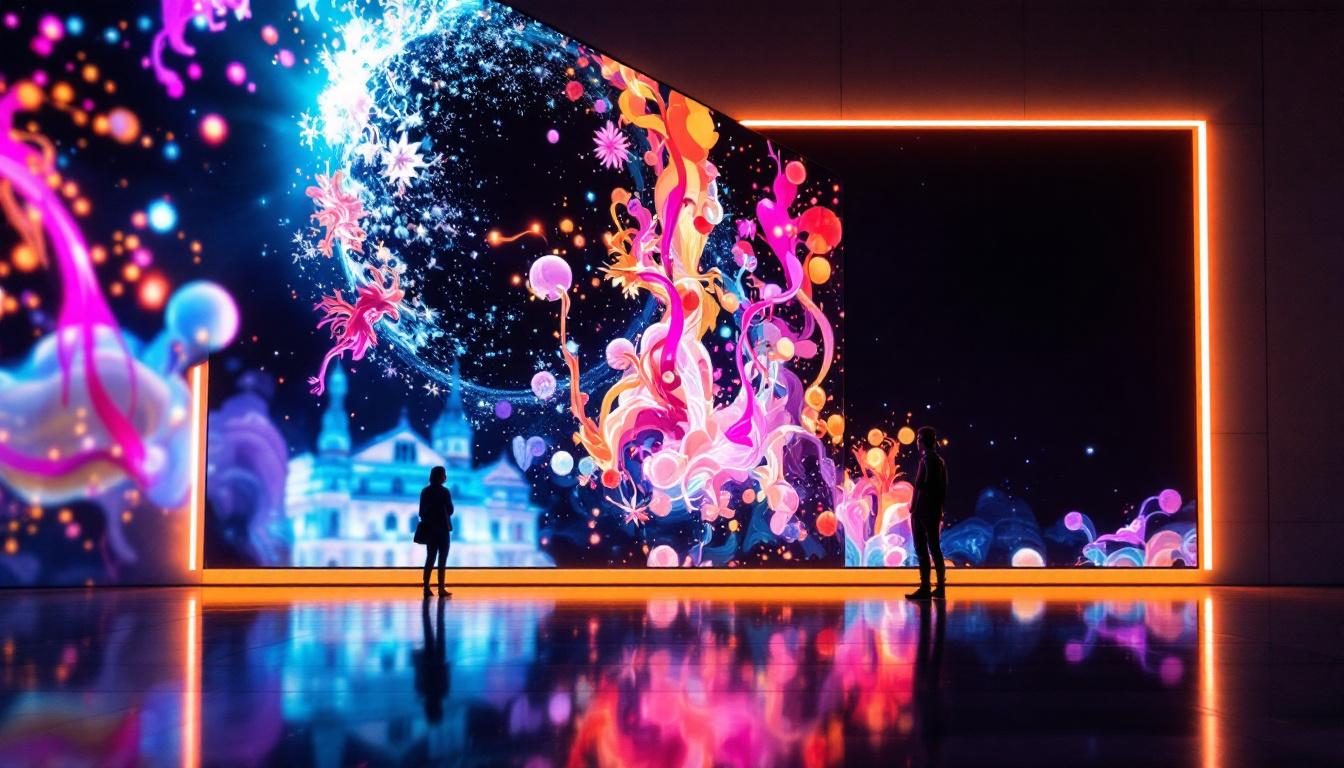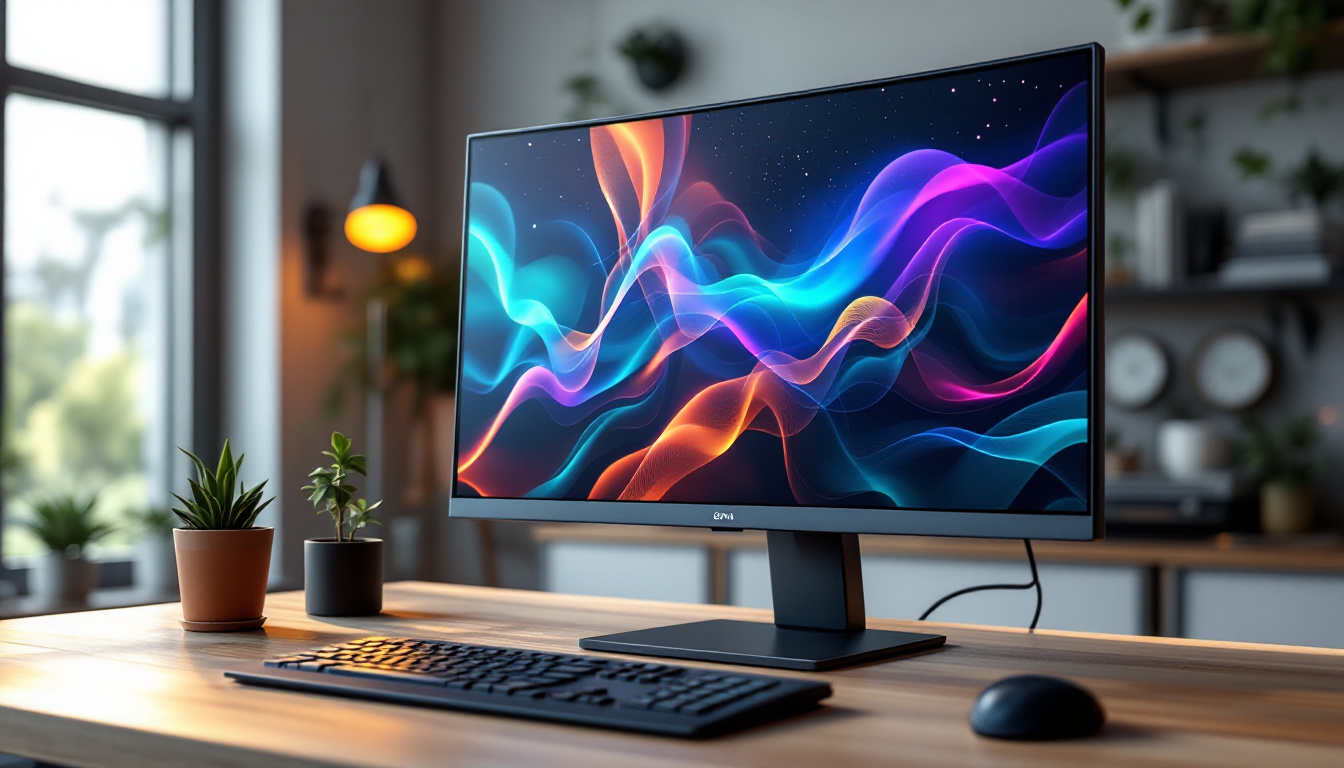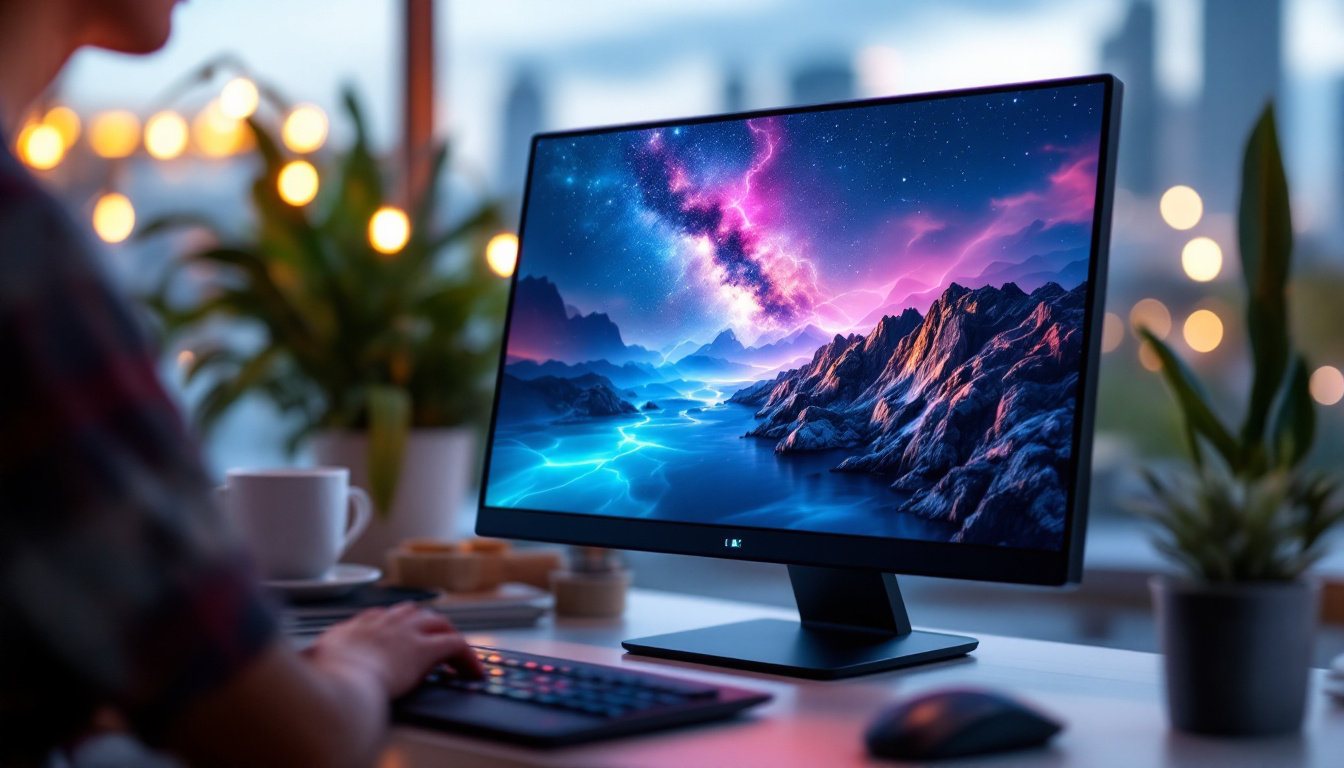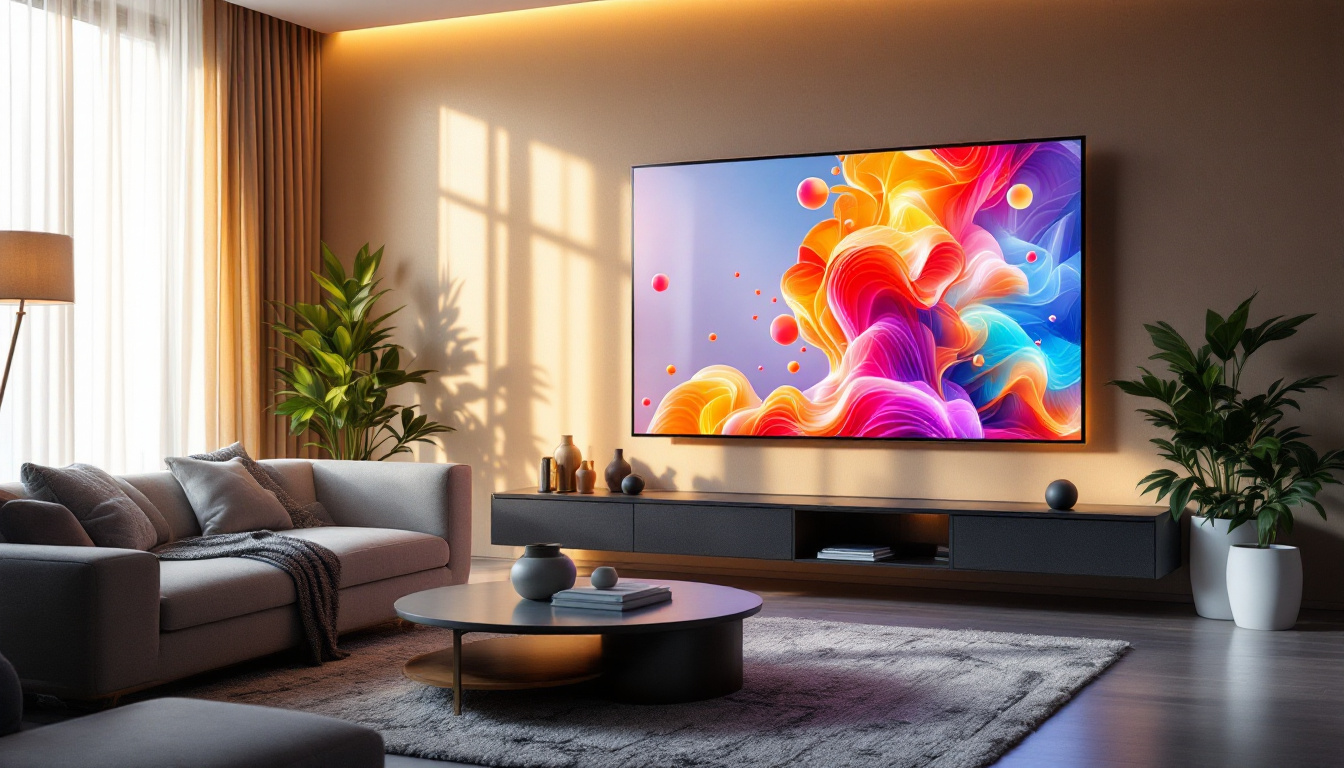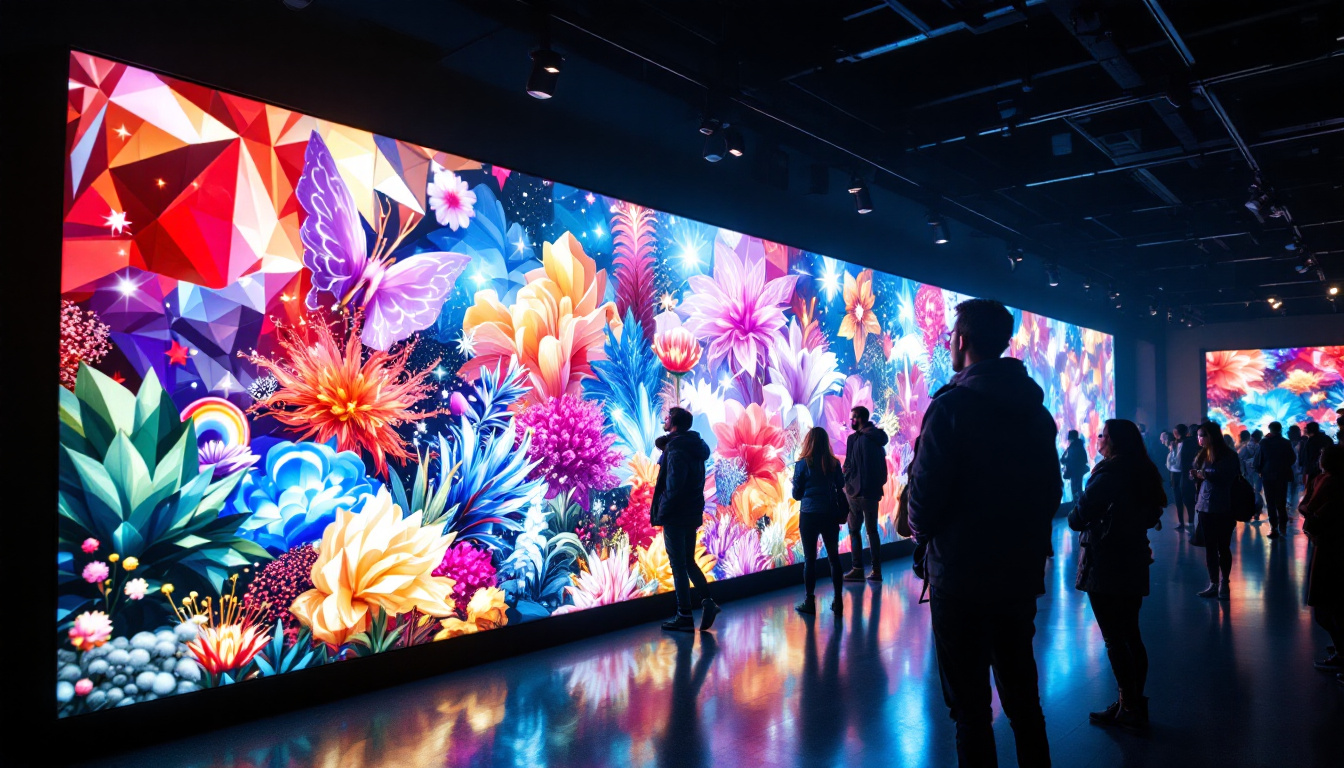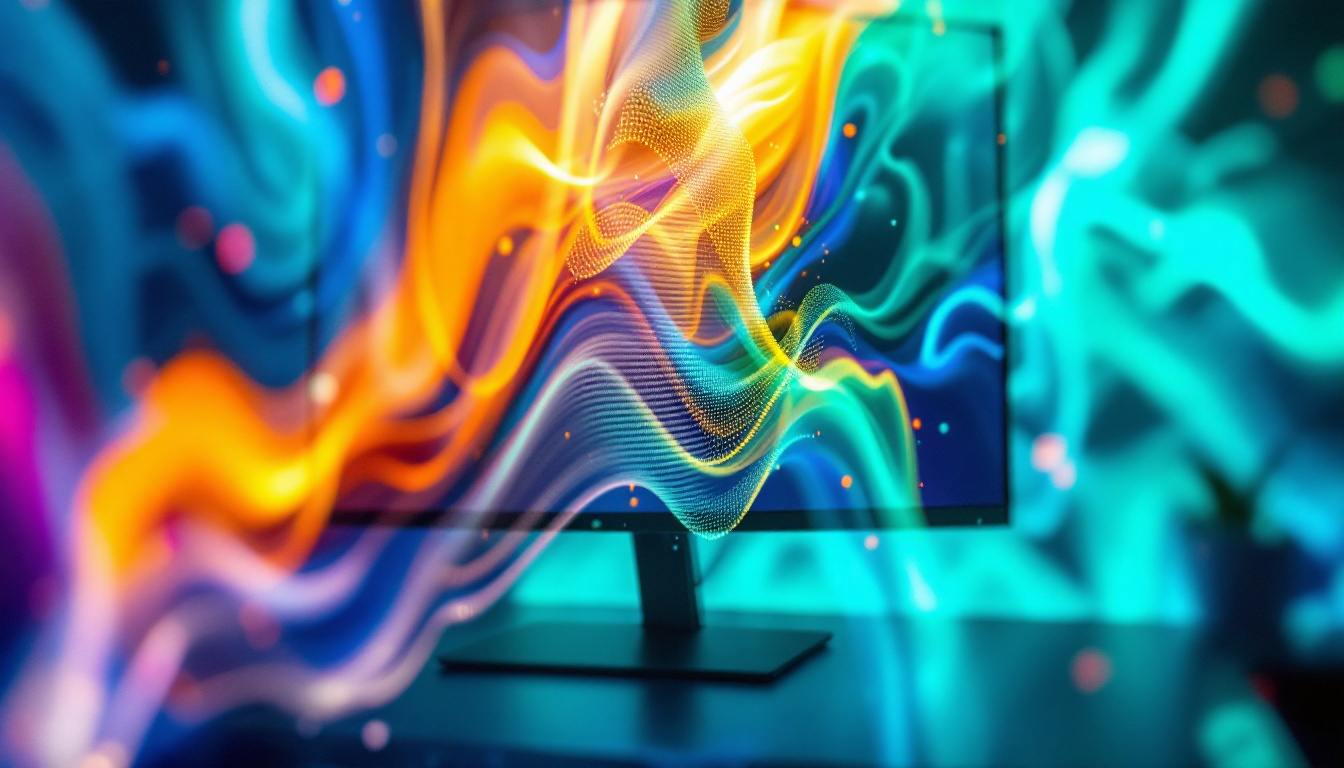In the ever-evolving world of technology, LED displays have emerged as a cornerstone of modern visual communication. From advertising billboards to indoor screens in concert venues, the versatility and efficiency of LED technology have transformed how information is conveyed. This article delves into the intricacies of LED displays, exploring their construction, functionality, applications, and future trends.
Understanding LED Technology
LED, or Light Emitting Diode, is a semiconductor device that emits light when an electric current passes through it. Unlike traditional incandescent bulbs, LEDs are more energy-efficient, longer-lasting, and capable of producing a wide range of colors. The fundamental principle behind LED technology is electroluminescence, where the movement of electrons in a semiconductor material generates light. This technology not only reduces energy consumption but also minimizes heat production, making LEDs a safer alternative for various applications.
Moreover, the lifespan of an LED can reach up to 50,000 hours or more, significantly outlasting incandescent bulbs, which typically last around 1,000 hours. This longevity translates to reduced maintenance costs and less frequent replacements, which is particularly beneficial in commercial settings where lighting is crucial. Additionally, the compact size of LEDs allows for versatile design possibilities, enabling manufacturers to create innovative lighting solutions that can fit into a variety of spaces.
The Components of an LED Display
An LED display consists of several key components that work together to create vibrant visuals. At its core are the LED modules, which are made up of numerous individual LEDs arranged in a grid pattern. These modules are then combined to form larger displays, which can vary in size and resolution. The modular design allows for easy customization and scalability, catering to different needs and environments.
Additionally, each LED module is equipped with a driver circuit that regulates the power supplied to the LEDs, ensuring consistent brightness and color accuracy. The display also includes a control system that processes incoming data and translates it into visual output, allowing for dynamic content changes. This control system can be programmed for various functionalities, such as displaying real-time information, advertisements, or artistic visuals, making LED displays a popular choice for both functional and aesthetic purposes. Furthermore, advancements in technology have led to the development of smart LED displays that can be integrated with IoT devices, enabling remote management and real-time updates.
Types of LED Displays
LED displays can be categorized into different types based on their application and configuration. The most common types include:
- Outdoor LED Displays: Designed to withstand harsh weather conditions, these displays are often used for advertising and public announcements. They feature enhanced brightness and protective coatings to ensure visibility even in direct sunlight.
- Indoor LED Displays: Typically used in venues such as theaters and conference rooms, these displays offer high resolution and brightness for close viewing. Their design often prioritizes color fidelity and detail, making them ideal for presentations and entertainment.
- Transparent LED Displays: These innovative displays allow light to pass through, making them ideal for retail environments where visibility is essential. They can be used in shop windows to showcase products while still allowing customers to see inside the store.
In addition to these, there are also flexible LED displays that can be bent or shaped, making them suitable for creative installations and unique architectural designs. These displays open up new avenues for artistic expression, allowing designers to create immersive environments that captivate audiences. Furthermore, advancements in microLED technology are paving the way for even smaller, more efficient displays that can deliver exceptional image quality and performance, further expanding the possibilities of LED technology in various fields.
How LED Displays Work
The operation of LED displays is a fascinating interplay of technology and design. When an electrical current flows through the LED, it emits light in a specific color, determined by the materials used in the semiconductor. By combining different colored LEDs—red, green, and blue (RGB)—it is possible to create a full spectrum of colors through additive color mixing.
Pixel Configuration and Resolution
Each LED display is made up of pixels, which are the smallest units of the display that can be controlled independently. The configuration of these pixels directly affects the display’s resolution, which is defined by the number of pixels per square meter. Higher resolution displays provide sharper images and finer detail, making them suitable for applications where clarity is paramount.
For instance, a display with a pixel pitch of 2mm is capable of producing a higher resolution image than one with a pixel pitch of 10mm. This is crucial for indoor environments where viewers are closer to the screen.
Brightness and Color Accuracy
Brightness is a critical factor in the performance of LED displays. Measured in nits, the brightness level determines how well the display can be seen in various lighting conditions. Outdoor displays typically require higher brightness levels to remain visible in direct sunlight, while indoor displays can function effectively at lower brightness levels.
Color accuracy is equally important, as it ensures that the displayed content appears as intended. Advanced calibration techniques and high-quality components contribute to the overall color fidelity of an LED display, making it suitable for applications such as digital signage and broadcasting.
Applications of LED Displays
LED displays have found applications across a wide range of industries, thanks to their adaptability and effectiveness. From advertising to entertainment, the uses of LED technology are extensive.
Advertising and Marketing
One of the most prominent applications of LED displays is in advertising. Billboards, storefront displays, and transit signage utilize LED technology to capture the attention of potential customers. The ability to change content dynamically allows advertisers to tailor their messages based on time of day, audience demographics, and current events.
Moreover, the bright and vivid colors produced by LED displays make advertisements more engaging, leading to higher viewer retention and increased sales. The integration of motion graphics and video content further enhances the impact of these displays, making them a preferred choice for marketers.
Entertainment and Events
In the entertainment industry, LED displays play a crucial role in enhancing the audience experience. Concerts, festivals, and sporting events often feature large LED screens that display live feeds, graphics, and animations, immersing attendees in the event.
Additionally, LED technology is used in stage backdrops and lighting, creating dynamic visual environments that complement performances. The flexibility of LED displays allows for creative designs and configurations, making them a staple in modern event production.
Corporate and Educational Use
LED displays are increasingly being utilized in corporate settings for presentations, meetings, and training sessions. Their high resolution and brightness ensure that information is conveyed clearly, regardless of the room’s lighting conditions.
In educational environments, LED displays serve as powerful teaching tools. They can be used to display interactive content, videos, and real-time data, enhancing the learning experience for students. The ability to connect multiple displays also allows for collaborative projects and presentations.
Advantages of LED Displays
The advantages of LED displays are numerous, making them a popular choice for various applications. Here are some key benefits:
Energy Efficiency
LED displays are significantly more energy-efficient than traditional display technologies, such as LCD and plasma. They consume less power while providing superior brightness and color quality. This efficiency not only reduces operational costs but also contributes to a lower carbon footprint, making LED displays an environmentally friendly option.
Longevity and Durability
LED technology boasts a long lifespan, often exceeding 50,000 hours of operation. This durability reduces the need for frequent replacements, resulting in lower maintenance costs over time. Additionally, LED displays are more resistant to shock and vibration, making them suitable for outdoor and high-traffic environments.
Versatility and Customization
One of the most appealing aspects of LED displays is their versatility. They can be configured in various shapes and sizes, allowing for creative installations that meet specific requirements. Customization options, including pixel pitch, brightness levels, and color calibration, enable users to tailor displays to their unique needs.
The Future of LED Displays
As technology continues to advance, the future of LED displays looks promising. Innovations in materials, design, and functionality are paving the way for even more sophisticated displays.
MicroLED Technology
MicroLED is an emerging technology that promises to revolutionize the display industry. Unlike traditional LEDs, MicroLEDs are tiny individual pixels that can be combined to create high-resolution displays without the need for backlighting. This technology offers improved color accuracy, contrast, and energy efficiency, making it a game-changer for both consumer and commercial applications.
Integration with Smart Technology
The integration of LED displays with smart technology is another trend that is gaining traction. Smart LED displays can connect to the Internet, allowing for remote content management, real-time updates, and data analytics. This capability enhances the effectiveness of digital signage and advertising, enabling businesses to respond quickly to changing market conditions.
Sustainability Initiatives
As sustainability becomes a priority for many organizations, the LED display industry is also adapting. Manufacturers are focusing on eco-friendly materials and production processes to minimize environmental impact. Additionally, advancements in recycling technologies for LED components are being developed, ensuring that end-of-life displays can be disposed of responsibly.
Conclusion
LED displays have transformed the landscape of visual communication, offering unparalleled advantages in energy efficiency, durability, and versatility. Their applications span numerous industries, from advertising to education, making them an essential tool in modern society. As technology continues to evolve, the future of LED displays holds exciting possibilities, promising to enhance how information is conveyed and experienced.
In a world where visual impact is paramount, LED displays stand at the forefront, illuminating the path toward innovative communication solutions. Whether for commercial, educational, or entertainment purposes, the potential of LED technology is boundless, making it a critical component of the digital age.
Discover LumenMatrix’s Innovative LED Solutions
Ready to elevate your visual communication with cutting-edge LED technology? LumenMatrix is at the forefront of innovation, offering a diverse range of LED display modules tailored to your needs. From Indoor and Outdoor LED Wall Displays to specialized solutions like Vehicle LED Displays, LED Sports Displays, and Custom LED Displays, we have the tools to bring your vision to life. Experience the power of enhanced engagement and clear messaging with our state-of-the-art LED solutions. Check out LumenMatrix LED Display Solutions today and transform your space into a captivating visual experience.

